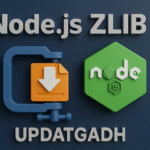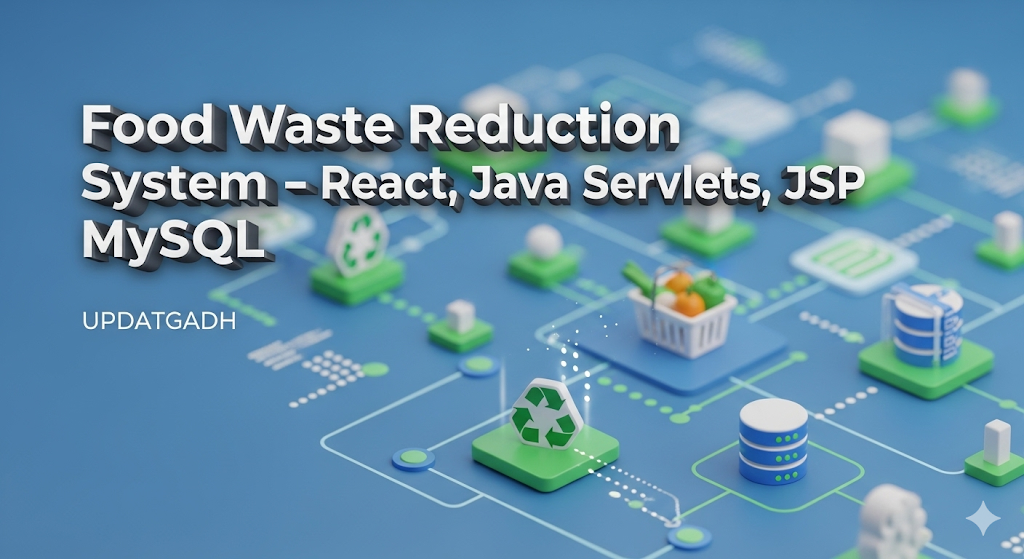
Online Nursery Store System in Java using JSP and Servlet
The Online Nursery Store System is a Java project made for IT students. It helps users buy plants online in a simple and easy way. Users can check different plants, add them to cart, and place orders from home.This system has two roles — Admin and User. The admin can manage plants, check orders, and handle everything. Users can sign up, shop, and track their orders.It uses Servlet and JSP for the main logic, and MySQL to store data. The project follows MVC structure to keep the code neat. For the front-end, it uses HTML, CSS, Bootstrap, and JavaScript. And for connecting to the database, it uses JDBC.
Project Overview
Users can register themselves, explore various plant categories, and make purchases. Admins, on the other hand, manage the plant inventory, prices, and orders. They ensure that users have up-to-date information on plant availability, prices, and order statuses.
Objectives
- Provide a bug-free and user-friendly online nursery shopping system.
- Build a secure and robust platform for both admins and users.
- Maintain records of plants, users, payments, and order history efficiently.
Modules in the Online Nursery Store System:
| Module | Description |
|---|---|
| Admin Login | Admins can log in to the system, gaining control over plant management, categories, orders, users, and payment records. |
| User Login | Users register with their name and contact number to access the system and shop for plants. |
| Category Management | Admins can create, update, or delete plant categories, such as flowering, non-flowering, etc., to help organize the plants effectively. |
| Plant Details | Both admin and users can view essential plant details, including plant name, category, price, and availability status. |
| Order Management | Admins oversee the order process by viewing, confirming, or canceling user orders. Users can place new orders or cancel existing ones from their profiles. |
| Price and Availability | Admins manage plant prices and check stock availability in real-time. Users can see this information during their shopping experience. |
| User Information | Admins manage and update user details such as name, contact number, and delivery address for better service and order fulfillment. |
| Sold Quantity | Admins can monitor and track the total number of plants sold over specific periods, providing valuable insights for business decisions and inventory management. |
User Roles
Admin
- Log in/out of the system.
- View, add, edit, and delete plant categories and plants.
- View, confirm, or cancel orders.
- Manage plant prices and availability.
- Change passwords and manage profiles.
User
- Log in/out of the system.
- View and update personal profiles.
- Search for plants by category or name.
- Place or cancel orders.
- Make online payments for orders.
- Change passwords.
Download New Real Time Projects :-Click here
Flow Diagram for Online Nursery Store System
- Admin logs in and manages plant categories and inventory.
- User registers and searches for plants by category.
- Users place orders and make payments.
- Admin views, confirms, or cancels orders.
- The system keeps records of user activities, orders, and plant inventory.



Tools and Technologies Used:-
| Technology/Domain | Description |
|---|---|
| Front-End | JSP, HTML, CSS, JavaScript, Bootstrap |
| Back-End | MySQL Database |
| Server-Side | Servlet |
| Server | Apache Tomcat 8.5 |
| Technology/Domain | Java |
This Online Nursery Store System provides an efficient and simple way for plant lovers to shop for their favorite plants. The robust back-end and intuitive user interface make it easy for both admins and users to manage and perform tasks, ensuring a seamless shopping experience.
Contact to Get the Source Code:
If you need the source code for the Online Nursery Store System, feel free to reach out through any of the provided contact methods. The complete source code includes:
- The full project files
- Database.
- Step-by-step configuration tutorial.
- Project reports .










Post Comment